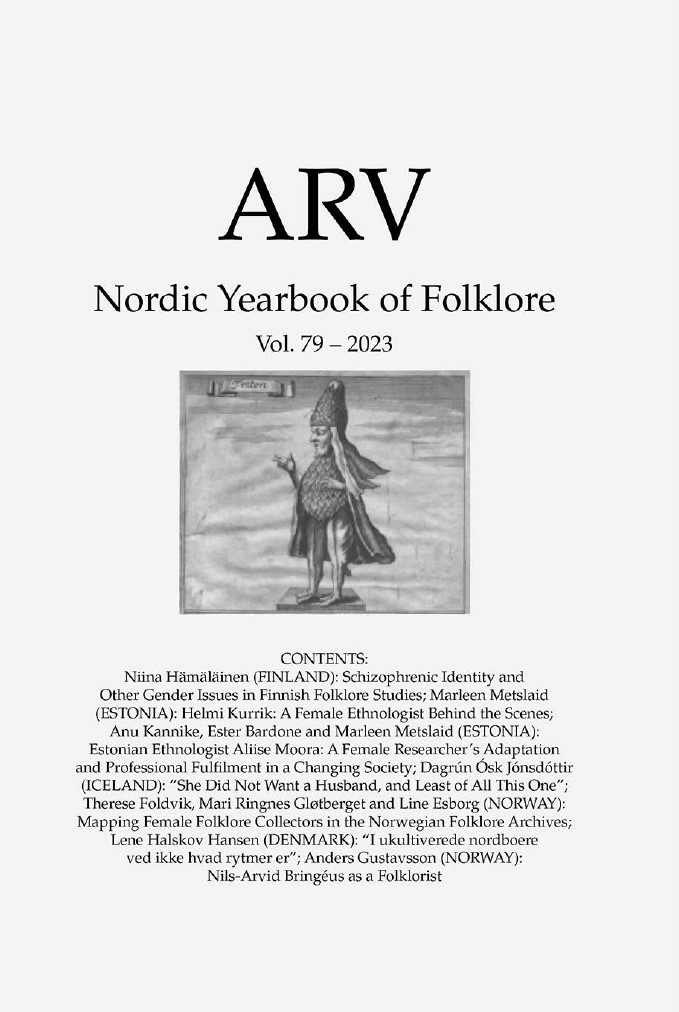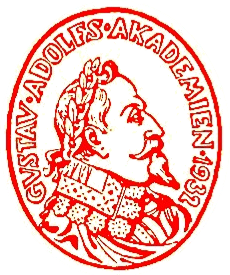Helmi Kurrik – a Female Ethnologist behind the Scenes
DOI:
https://doi.org/10.61897/arv.v79i.23083Keywords:
female researchers, history of ethnology, folk art exhibition, applied ethnology, folk costumes, Helmi KurrikAbstract
Helmi Kurrik (1883–1960) was the only female researcher who stood out in the Estonian ethnology of the 1930s. Yet she remained largely unknown in historiography until recently, associated only with the great handbook on Estonian folk costumes, published in 1938. Helmi Kurrik did not enter the academic world until she was in her forties. The twists and turns of her long life reflect the choices and constraints of Estonian women in the late nineteenth and early twentieth centuries. She made a career at the Estonian National Museum, the centre of the newly established discipline of ethnology. Both her research themes and theoretical approaches, as well as her work as a curator of folk art exhibitions abroad and her contacts with foreign colleagues, illustrate the international nature of ethnology at the time. Helmi Kurrik f led to the West after World War II and adapted to a new life in the USA, but she was unable to continue her research in exile, although fellow refugee ethnologists tried to find publication opportunities for her.
Downloads
Published
How to Cite
Issue
Section
License
In Volume 81 and subsequent volumes, authors of content published in ARV retain copyright to their works and articles are published under the terms of a Creative Commons CC BY license.
Content in Volumes 1 – 80 was published without a Creative Commons license, and the copyright for this content is held by Kgl. Gustav Adolfs Akademien.
View the journal's full Open Access Policy.




